Spending the weekend of September 18-19 immersed in the program of the second annual seminar presented by the American Photography Archives Group (APAG) certainly provided me with food for thought. APAG is “a resource organization for individuals who own or manage a privately held photography archive.”
True to that mission statement, this seminar with its multiple knowledgeable presenters, focused panels, and intensive breakout sessions offered a rich menu that not only informed newcomers to the world of private archives about the many issues involved but increased the knowledge base and heightened the awareness of those in attendance already involved in archive management.
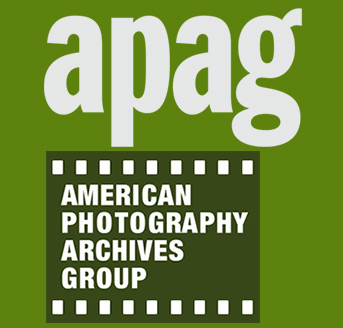 Organized by Mary Engel, APAG’s President & Founder, and Grayson Dantzic, APAG’s Executive Vice President, whom I congratulate on both the planning and execution of the event, this event attracted over 70 attendees from 13 states plus Canada. They brought together 21 professionals from areas connected to the archiving of photographs, for solo presentations and panels. (Click here for the schedule of the seminar’s panels and presenters.)
Organized by Mary Engel, APAG’s President & Founder, and Grayson Dantzic, APAG’s Executive Vice President, whom I congratulate on both the planning and execution of the event, this event attracted over 70 attendees from 13 states plus Canada. They brought together 21 professionals from areas connected to the archiving of photographs, for solo presentations and panels. (Click here for the schedule of the seminar’s panels and presenters.)
Engel hopes to put videos of all those online by the end of this month. I’ll post a link to them here when they become available for the public; since that will enable you to access the content of this year’s event in full, I won’t try to synopsize it. Meanwhile, you can visit APAG’s YouTube channel, where you can already access portions of the inaugural 2014 seminar.
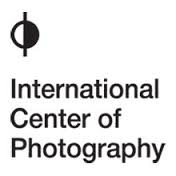 Though the quality and substance of the seminar (genially hosted by Phil Block at the International Center of Photography School at 1114 Sixth Avenue at 43rd Street) held my attention for two full days, mulling it over afterward led me in curious directions — to Paul Valéry and Walter Benjamin, Chairman Mao and ISIS. Let me get that out of my system first.
Though the quality and substance of the seminar (genially hosted by Phil Block at the International Center of Photography School at 1114 Sixth Avenue at 43rd Street) held my attention for two full days, mulling it over afterward led me in curious directions — to Paul Valéry and Walter Benjamin, Chairman Mao and ISIS. Let me get that out of my system first.
•
We can trace the melancholy that (in my reading) pervades Walter Benjamin’s classic 1936 essay “The Work of Art in the Age of Mechanical Reproduction” to the profound ambivalence it encapsulates. As a private individual, a bibliophile, a collector of rare books and paintings, Benjamin loved unique artifacts, cherishing what he named as their aura, and honoring the authenticity from which that aura derived, the source of their authority.
He means authority here in the deepest sense, its denotation that the work was authored — crafted, made — by human hands, thus embodying the individuality of of its maker along with the physicality of the tools, materials, processes, and labor involved in its facture. As a further feature of this “aura,” such objects subsequently accumulate the traces of their passage through time, the evidence of their unique history in the world.
Benjamin uses as his epigram (and quotes further from it in the body of his essay) Paul Valéry’s 1928 essay, “La conquête de l’ubiquité” (“The Conquest of Ubiquity,” from Pièces sur L’Art). In it Valéry writes,
“For the last twenty years neither matter nor space nor time has been what it was from time immemorial. We must expect great innovations to transform the entire technique of the arts, thereby affecting artistic invention itself and perhaps even bringing about an amazing change in our very notion of art. … Just as water, gas, and electricity are brought into our houses from far off to satisfy our needs in response to a minimal effort, so we shall be supplied with visual or auditory images, which will appear and disappear at a simple movement of the hand, hardly more than a sign.”
Benjamin took that prophetic idea to heart. Building on it in this essay, he proposed that mechanically produced things, such as a cup from a porcelain factory, could neither have any aura at the time of its creation nor acquire any aura over time; its existence in multiple identical versions precluded any aspect of the auratic from adhering to it. As I proposed earlier this year in an article for MIT Technology Review — “Auras: There’s an App for That” — human behavior has proved Benjamin wrong on that score. (I won’t repeat my argument; click on the above link to read the article.)
Benjamin included photography, which he thought of as “process reproduction” and deemed “the first truly revolutionary means of reproduction,” among such methods for the manufacture of non-auratized objects. And, devout Marxist that he was, he saw that as a positive change, because devotion to what Mao would later denounce as “The Four Olds” — “Old Customs, Old Culture, Old Habits, and Old Ideas” — places one implicitly, and often explicitly, in the path of the new, making their adherents thus inherently counter-revolutionary. ISIS, in it campaign to destroy all traces of other religions, surely exemplifies that principle (making them strange bedfellows with the Great Helmsman, to be sure).
Moreover, storage and conservation of material from the past consumes resources that, arguably, we might better spend on supporting new creations. Finally, even on the most elementary, practical level, there is only so much of its past that any culture can afford to warehouse and preserve. Hence the tension I find in Benjamin’s essay, its mournful undercurrent, the private connoisseur tussling with the public radical. Benjamin laments what he sees as the inevitable disappearance of an affective quality inherent in a certain class of objects, even as he celebrates the anticipated cultural shift that will render them obsolescent and hasten their disappearance. Had push come to shove in Benjamin’s lifetime, had the Marxian revolution he endorsed succeeded, would he have tossed his favorite books and his print of Paul Klee’s “The Angel of History” into the bonfire?
It’s with those thoughts rumbling about in my head that I reflect on the APAG seminar.
•
While I attended the APAG seminar in my professional role as a cultural journalist and member of the press, I came to the occasion wearing several other hats as well. As a scholar and historian, I have conducted research within a variety of archives. As a critic, I have written regularly about a range of archives, public as well as private — not only their contents and programming but their internal politics, policies and practices as well their struggle to survive. As a consultant, I have worked with several photographers and their estates, providing counsel and other forms of input on the organization of their materials and the placement thereof in appropriate repositories. Finally, as an author and maker of intellectual property, I have generated my own archive, to the securing of whose future I must attend.
Thus I don’t qualify as a newbie in the archives biz, as might a photographer who, upon reaching a certain age, has just begun considering his or her legacy, or someone whose parent or spouse has died, leaving a studio full of material requiring attention. At the same time, I’ve never run an archive (save, in a half-assed way, my own), so I don’t consider myself an expert either. Furthermore, while my own materials certainly pertain to photography they constitute the output and relevant documentation of a writer, not a photographer. So my concerns in that regard run parallel to and often overlap those of people responsible for the work of photographers, but aren’t identical.
Nevertheless, it pleases me to report that the presenters at the APAG seminar, as a whole and in its separate parts, spoke in a non-jargonized language accessible to even the rankest beginner, while setting forth a cornucopia of information and ideas that, at one point or another, touched on and served all of my interests in all of my roles. Much praise is due them for demystifying what many assume to be obscure. (Let me also commend the generosity with which they patiently fielded additional questions after the panels concluded and in the breakout sessions.) Given the substantive content delivered over the course of the weekend, I consider the admission price of $325 for APAG members and $350 for non-members more than reasonable. (APAG membership itself cost only $100 yearly, and includes three meetings plus a photo gallery for your archive on the APAG website, among other benefits.)
I had the distinct impression that while some of those in attendance have inherited heaps of material that they hope to organize into private archives, and even though many of the attendees aspire (at least eventually) to place their private archive in some public repository, few if any of them had ever visited, much less spent time in and watched the operation of, either a private archive (other than their own) or a public research facility. That seems to me one of the first steps for anyone undertaking such a venture. Somehow it didn’t get mentioned during the weekend, so I suggest it here.
•
When thinking about placing a private archive in a public repository, and contracting with that new home over such matters as researcher access, licensing rights, and public presentations of the materials, few people consider the issue from the repository’s side. One benefit of the seminar, for all of us, involved hearing about those nuts-and-bolts issues from experts who provided that perspective.
Asked the intake cost for an archive — not only the packing, transportation and unloading of the shipment(s) but the formal accessioning of the materials — the three representatives of such institutions offered estimates between $25-40 per item. That does not include such activities as conservation (if needed), digital scanning for in-house use by visiting or resident researchers, or posting the material online for broader public availability; it covers only the assigning of a unique accession number, creation of an annotated descriptive entry into the repository’s database, organization and storage of the material for future retrieval, etc.
Small wonder, then, that even after purchase by or donation to an institution so many archives sit in their original shipping boxes in the repositories that acquired them. In an interview I conducted with him in 1971, Peter Bunnell — then a curator in the Museum of Modern Art’s Department of Photography, alongside John Szarkowski — told me, “We’ve got boxes in storage vaults and stacked around here which haven’t been opened in ten years — we don’t even know what’s in them, and we need to find out.” (“Money, Space and Time, or the Curator as Juggler,” New York Times, June 6, 1971, p. D28.)
If that was true at MoMA, which did not then and does not now acquire entire archives but only exhibition-quality prints, imagine it multiplied at least tenfold in an institution such as the Center for Creative Photography or Yale’s Beinecke Library, both of which do acquire carefully selected archives.
For those reasons, anyone considering undertaking the management of a private archive needs to think realistically about such matters as the time, money, and energy involved; the prospects of monetizing any part of it to support its care and feeding (licensing rights? product line?); the probable market for books and exhibitions drawn therefrom; and the likelihood of its frequent use by researchers. If hoping to find an institutional home for it, add to those the question of donation versus purchase (and the asking price in the latter case), given the basic intake cost described above.
Moreover, one needs to recognize that, as I discussed earlier, the world can’t possibly subsidize the running of all possible private archives, nor can the public repositories possibly absorb all the private archives seeking institutional homes. The majority of them will go begging for a manager and/or a home. They will get stored minimally, unconserved, damaged by time or the elements, lost or tossed. For every person who builds or lucks into a large accumulation of images that somehow ties into the zeitgeist — think Vivian Meier — you’ll find a hundred or more holding a mass of material that will tickle no one’s fancy and will never be missed. Things crumble, they fall by the wayside every day, even without a helping hand from ISIS, yet the world goes on. Indeed, perhaps it goes on, and moves forward, precisely for that reason.
We can consider that sad without thinking it lamentable, and certainly not — in the overall scheme of things — tragic, a word we should save for events less mundane. Yet hope springs eternal, doesn’t it?
The most important points I took away from the weekend are these: To make anything happen with a private archive, you need to know what you have. Thus taking inventory, and thereby getting familiar with the materials so you can locate and retrieve them, becomes the necessary first step. Second, to borrow a concept from general systems theory, you have to convert it from a heap to a whole, establishing some kind of order. If you’re fortunate, you and/or the person with whose materials you’re working will have already done that, at least in part, so you can either follow that pattern or use it to conceptualize a restructuring. If not, you’ll need to start from scratch.
Certainly no one representing a repository wants to walk into a storage space and confront an undifferentiated mound of material. With so many archives to choose from today, any sensible institution will prioritize those whose absorption into their collection does not require heroic effort. My recommendation: Create a workspace anywhere, and get started. On the wall facing you, tack a sign with Joe Hill’s last words:
Don’t mourn for me. Organize.
•
•
All APAG Seminar 2015 photos © copyright 2015 by Harris Fogel, published by permission, with the exception of the group photo copyright 2015 by Kemal Akdogan, published by permission.



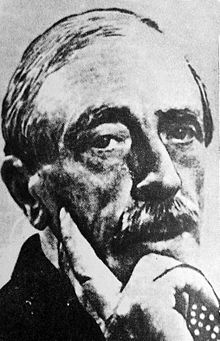
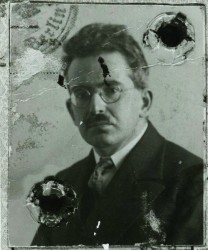
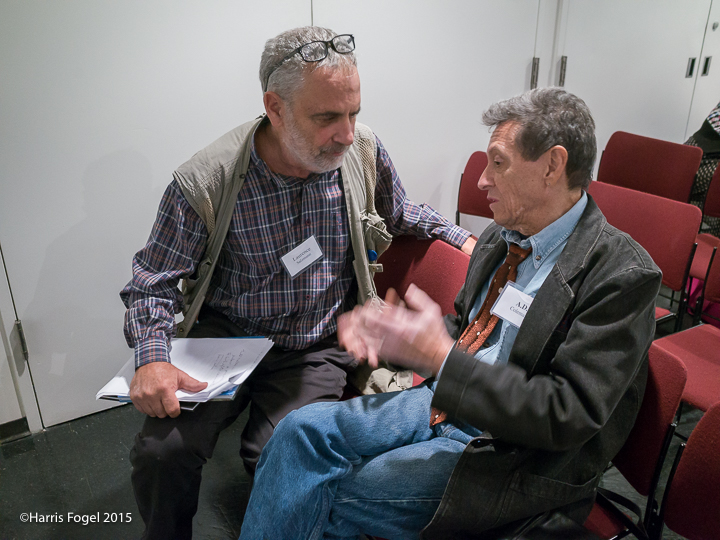
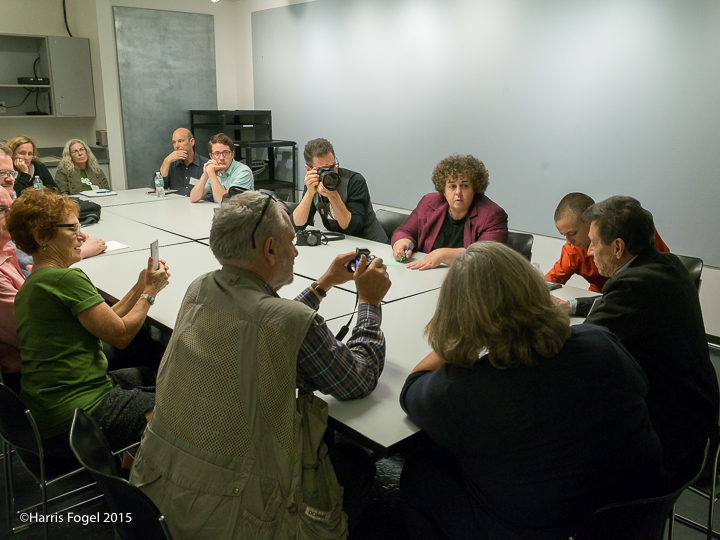
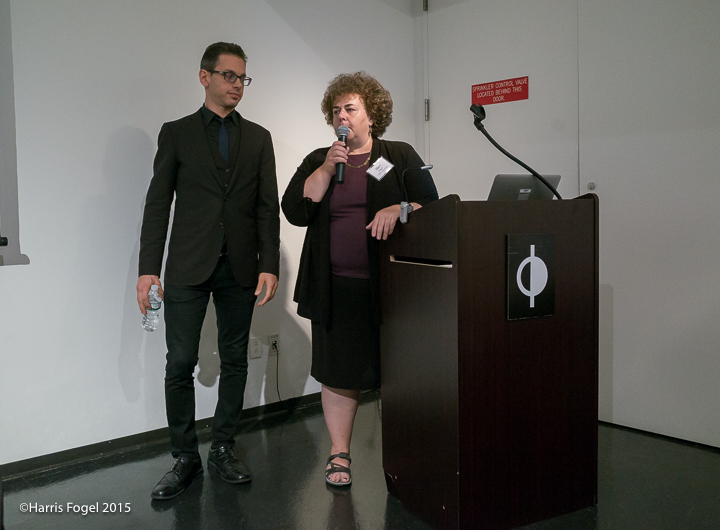
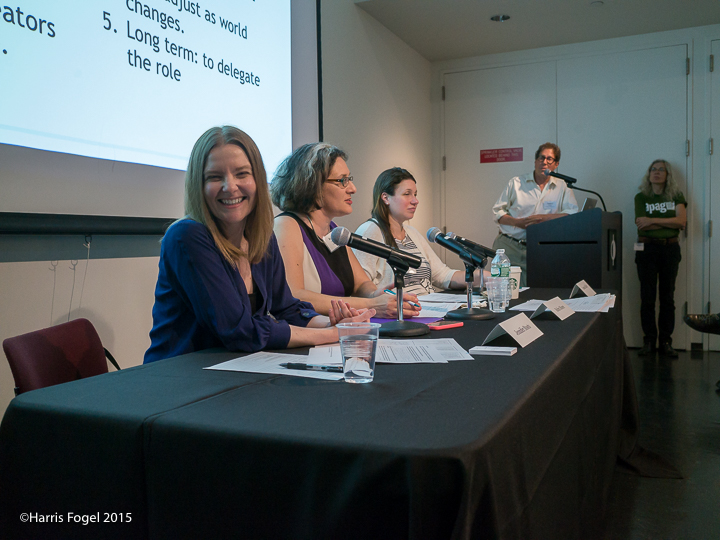
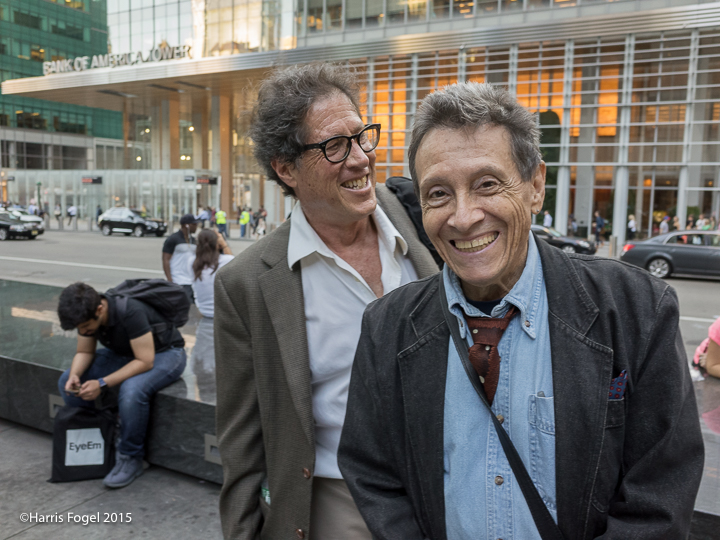
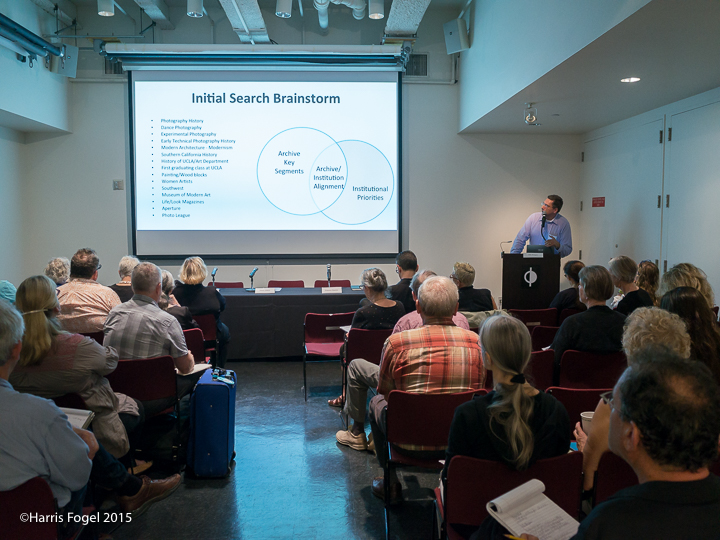
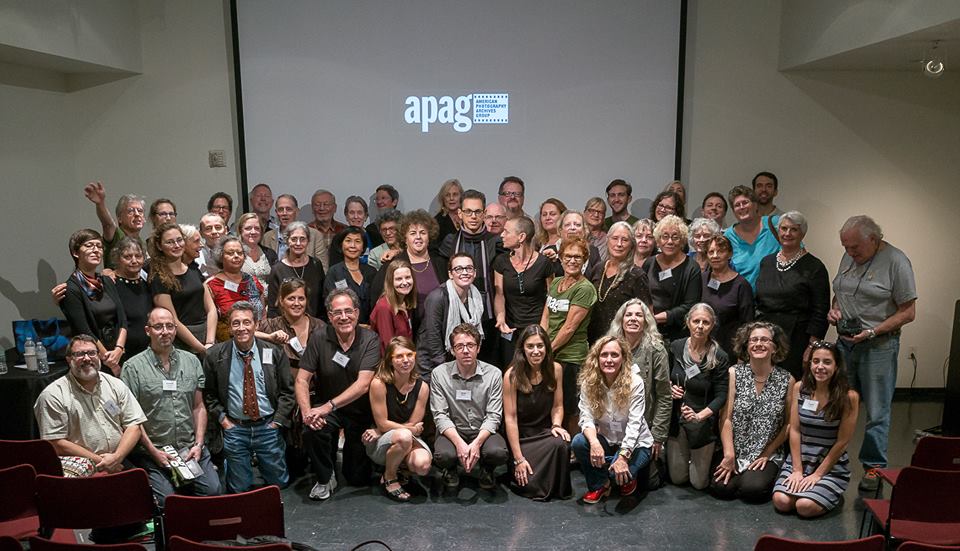




For a photographer who is of a certain age (in fact, reaching the uncertain limits of that certainty) and one who has been working fairly steadily for most of those years, your post is a timely one. I have recently made a major move from one part of the world to another far removed. After culling, winnowing, destroying, and deleting, I was still left with an amazing amount of “stuff” that had to be moved: prints from shows, catalogs, book copies, boxes of negatives, CD versions of scanned images, notebooks of writings, technical information, hard drives to preserve digital work…your post made me remember that I’ve got to do something about this stuff. I cannot depend on there being another Bernice Abbot to save it from the junk heap. Thanks for the reminder (I think!)
Good rundown! Thanks A.D.
Probably not that interesting to the average photog, but it gave me more insight into an area I have been working in for the last 2-1/2 years….preservation.
I fall into the category that you mentioned with my photography.
” a photographer who, upon reaching a certain age, has just begun considering his or her legacy, or someone whose parent or spouse has died, leaving a studio full of material requiring attention.”
I had lost over 2 decades of my photography in a flood in Ohio in 2001. From various geographic moves and other accidents I had lost even more of my work over the last 48 years. So I figured before I kick off I should put some time into archiving what work I did have left. I never had any interest in this aspect of photography, my interest was just in freezing time…but with getting old and poor health the writing is on the wall.
I’ve had a lot of experience dealing with curators and institutions worldwide. Here is a list of curated collections that accepted my work into their archives.
The bulk of the placements (approx. 93) were done in a 1-1/2 year timespan covering many thousands of prints in the form of individual photographs and hand-printed artists’ books. (Probably a world record for placing the largest amount of photographs with the highest number of institutions in the shortest amount of time.)
I didn’t set out to make or break records, I just set out to archive my work. Whether you like my photography on not, if you know how institutions operate, you know that took a lot of work as well as rejection to do that quantity of placements in such a short amount of time. I’m not going into detail about the shortcomings of curators I’ve dealt with, I still have to deal with a lot of them, but your statement below generally covers it.
“In an interview I conducted with him in 1971, Peter Bunnell — then a curator in the Museum of Modern Art’s Department of Photography, alongside John Szarkowski — told me, “We’ve got boxes in storage vaults and stacked around here which haven’t been opened in ten years — we don’t even know what’s in them, and we need to find out.”
Some institutions process the material promptly. Other institutions…well, who knows what happens to the material? It never shows up in their collection and all inquires go unanswered. (Yes, the unanswered email…sad how the courtesy of a simple reply has been lost in our world.)
What has worked for me is to make sure duplicate archival material is placed at various institutions worldwide. That way hopefully some of it will survive. When staring out I made the mistake of donating original archival material that I did not have any scans or negs of to an institution in CA. Naively I thought it would be safe. Well, the material disappeared into thin air and all inquiries go unanswered. So, I learned an important lesson early in my preservation career from the school of hard knocks…use the shotgun approach to back up the imperfect archivists.
With an estimated 2 billion cell phone cams out there, a lot more photos will be produced. How are the institutions supposed to absorb any of this? Curators have told me they are drowning in photos already and out of room. Or maybe that was just an easy way of letting me down with regards to acquiring some of my work. Photography has always been the stepchild of the art world, so I believe their resources are limited.
As long as the electric is on, digital archiving is a useful tool for preserving photography. I tried to get curators into collecting digitally. Whenever they needed a print for the exhibit they could run a print off from an inkjet printer. Borrowing prints from another institution could not be easier than transferring a digital file. Digital collecting does not take up much room. Institutions could share archives with each other and provide back-up service. Inkjet printers can blast out prints that rival and better the old dye transfer prints from yesteryear. (And are much, much more fade resistant.)
But, one thing is missing from my plan…the signature of the master. For me a signature does not mean much, I’m not a collector of collectible photographs. I do maintain a small collection of images I like from other photogs. Whether the image has a signature or not does not improve the image – I prefer an image over a signature. But to art museums that are into collecting high priced art, the signature is very important. A print without a signature may be worth 99.9% less than a print with the all important signature.
From art museums general refusal to collect digitally it shows me they are more interested in $ than in the love of art. Sure, financial interests have to be balanced with love of art and digital collecting is not perfect. But digital collecting can open up more space for the archives. Institutions can collect more work that would have been refused due to space concerns for physical prints. Museums can share digital archives with other institutions and will have backups all over the world.